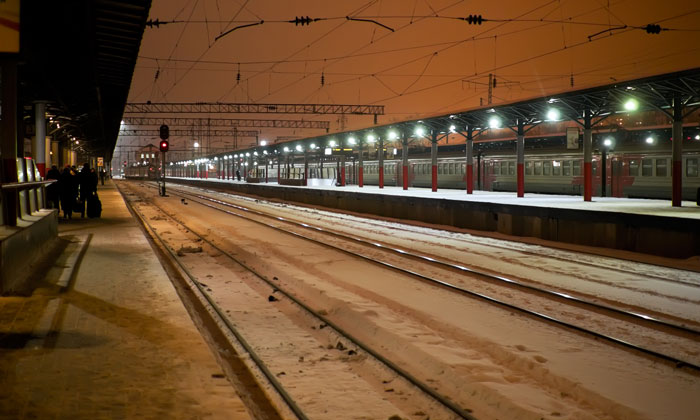Millions of pounds to be potentially saved on the railway’s non-traction energy bills
Posted: 20 April 2017 | | No comments yet
A new guidance has been published by the RSSB which highlights how the rail industry could potentially save millions in energy bills.


A new guidance has been published by the RSSB which highlights how the rail industry could potentially save millions of pounds in energy bills.


The guidance focuses on potential savings from making organisations ‘leaner’ (energy conservation), ‘keener’ (savings from more efficient production and consumption of energy), and ‘greener’ (incorporating renewable energy sources).
According to the guidance, companies can cut their non-traction energy bills by ‘retrofitting’ solutions to existing infrastructure and ways of working, as well as on new projects. This not only highlights the potential savings of resources, it is also an opportunity for the rail industry to reduce its carbon footprint and improve sustainability.
“The potential savings are substantial”
“We hope the industry appreciates the significant opportunities both to generate savings and to lessen their impact on the environment,” said Michelle Papayannokos, RSSB Senior Sustainable Development Specialist. “The potential savings are substantial yet many of the solutions suggested are inexpensive to implement and pay for themselves quickly.”
Although it is traction energy (used for actually running trains) that is the main source of energy requirements, energy for non-traction purposes (including lighting stations, heating and cooling buildings, IT etc) accounts for 20%.
The guidance walks companies through the whole process of these cost-saving measures, from monitoring and targeting opportunities to delivering more energy efficient solutions. Detailed sections outline how behaviour change, the remodelling of infrastructure, the adoption of energy-efficient technology and renewables and other innovations can cut energy usage. It also explains what technology is relevant to each situation and the typical payback.
Network Rail has been used as an example for successfully implementing the cost-savings highlighted in the guidance, with the company achieving an estimated annual saving of £1 million (with a £398,000 outlay), after upgrading its energy monitoring and invoicing system across its organisation.
Stay Connected with Global Railway Review — Subscribe for Free!
Get exclusive access to the latest rail industry insights from Global Railway Review — all tailored to your interests.
✅ Expert-Led Webinars – Gain insights from global industry leaders
✅ Weekly News & Reports – Rail project updates, thought leadership, and exclusive interviews
✅ Partner Innovations – Discover cutting-edge rail technologies
✅ Print/Digital Magazine – Enjoy two in-depth issues per year, packed with expert content
Choose the updates that matter most to you. Sign up now to stay informed, inspired, and connected — all for free!
Thank you for being part of our community. Let’s keep shaping the future of rail together!



